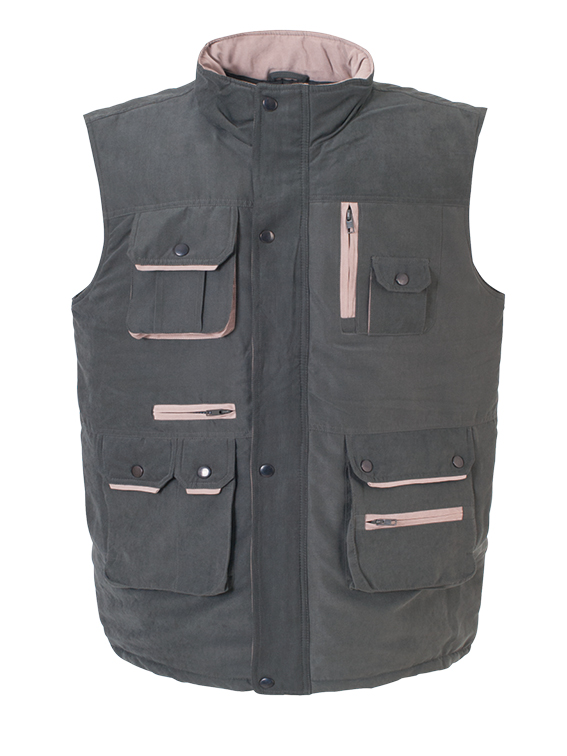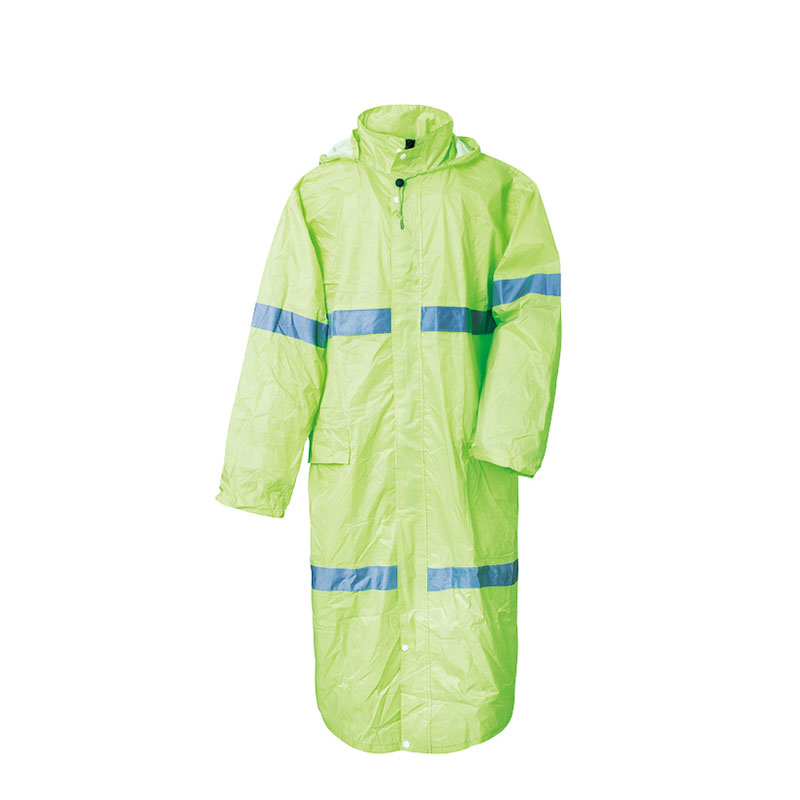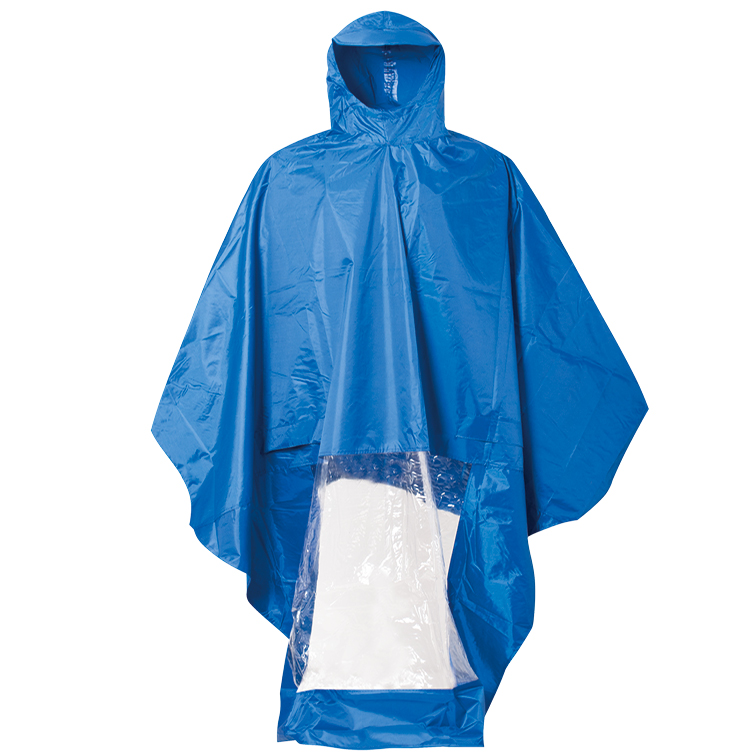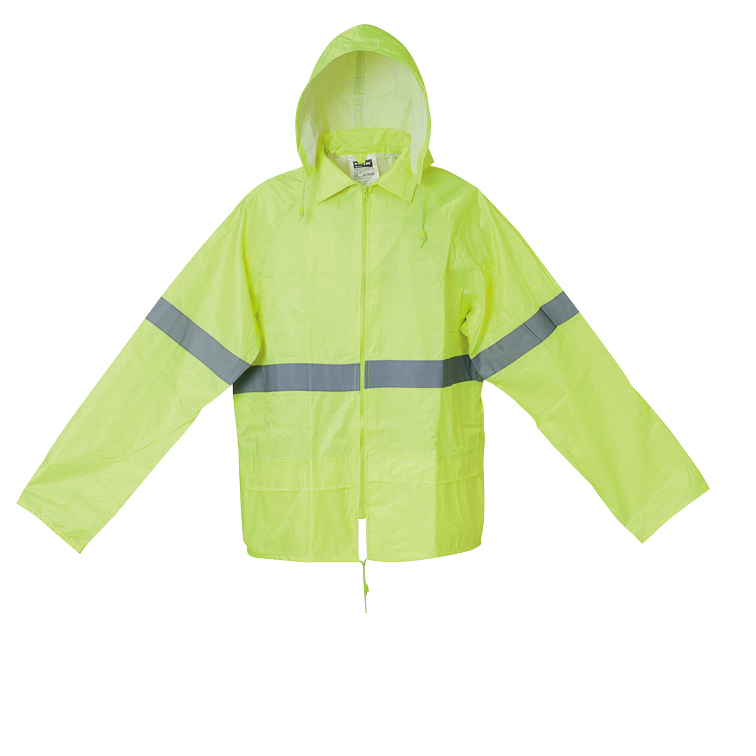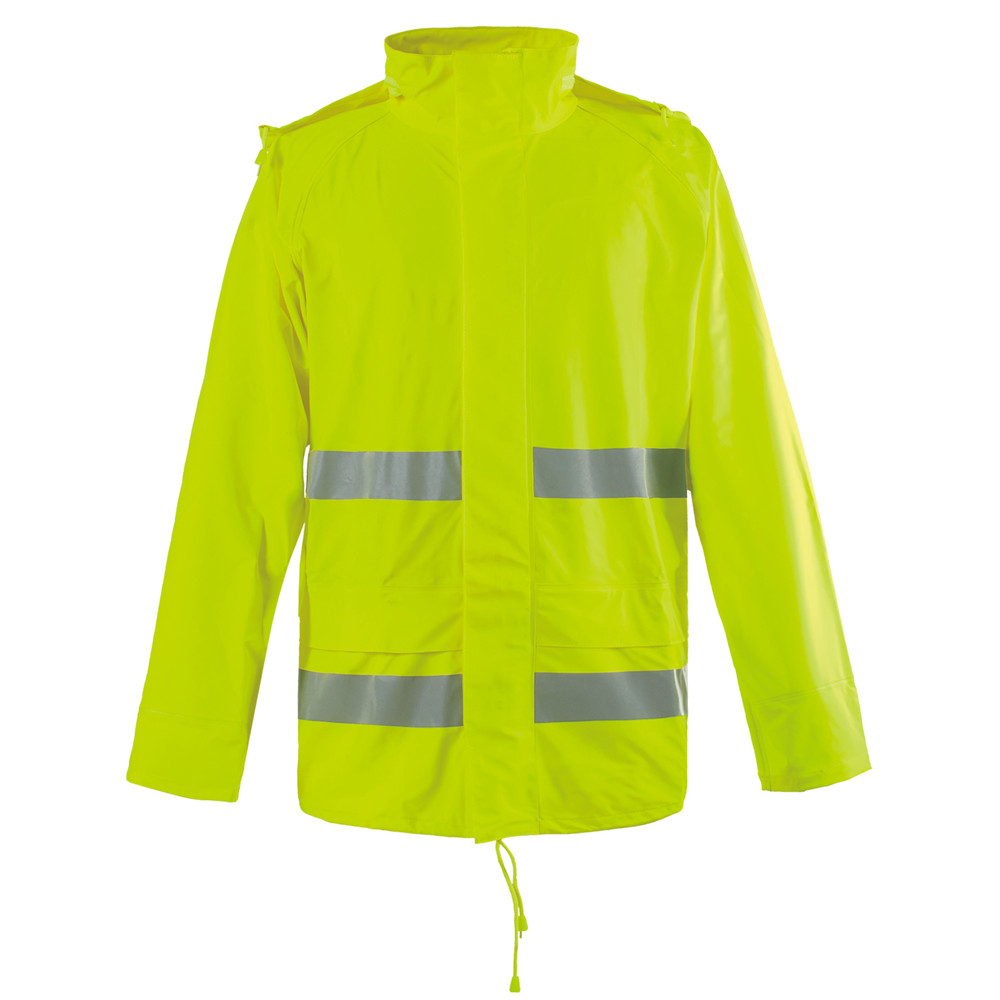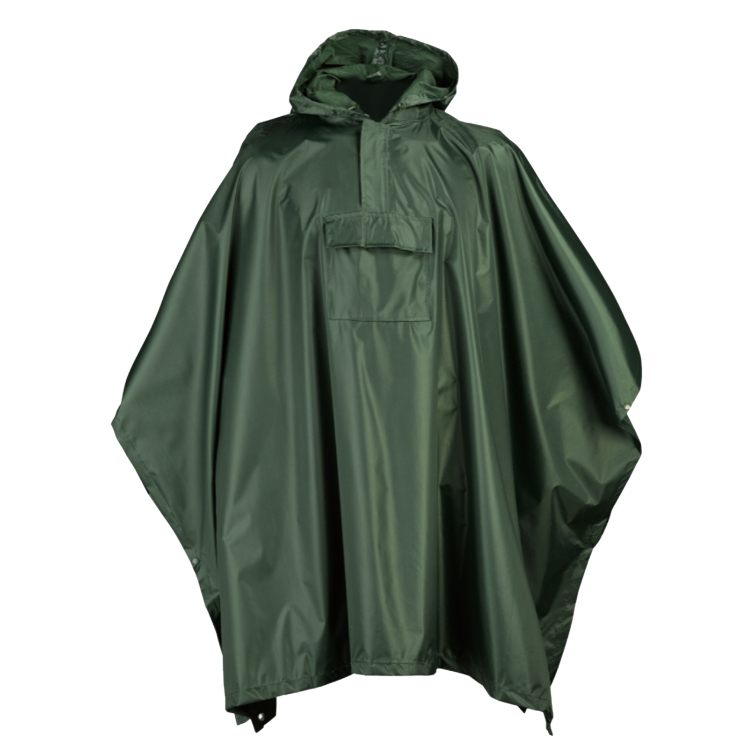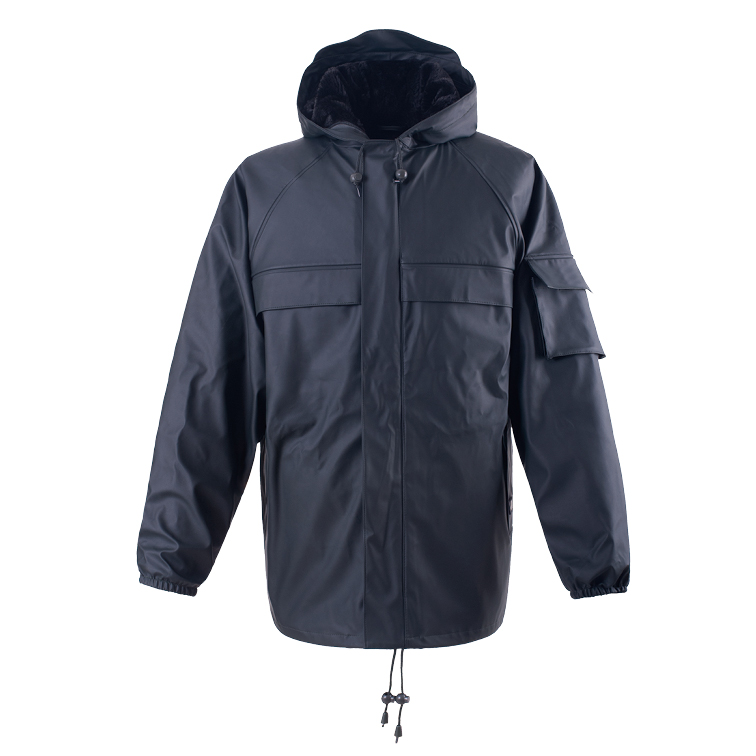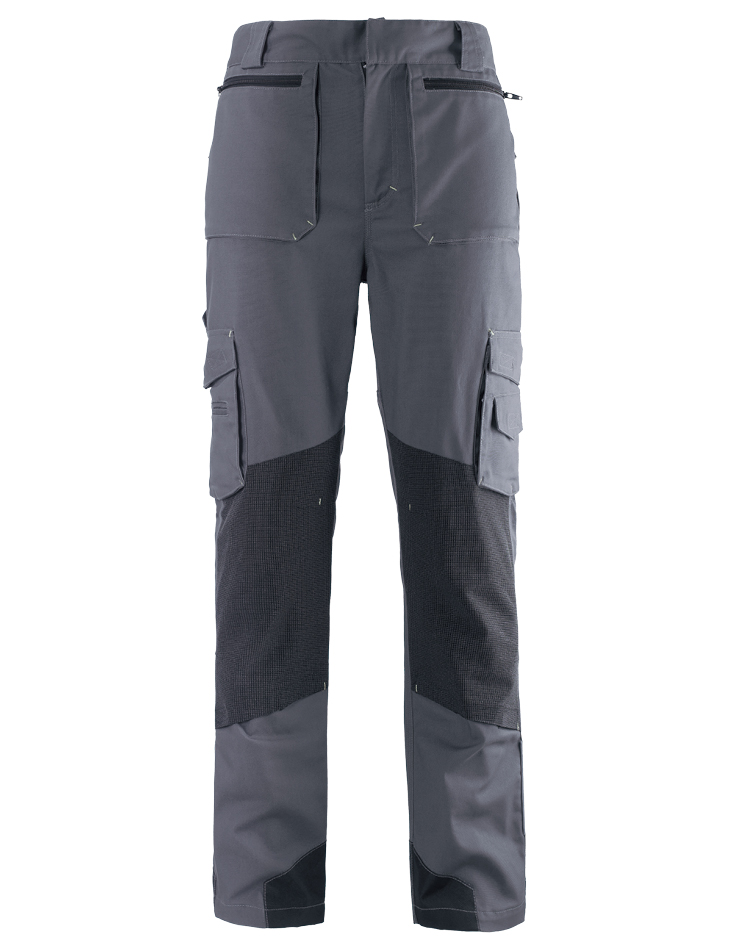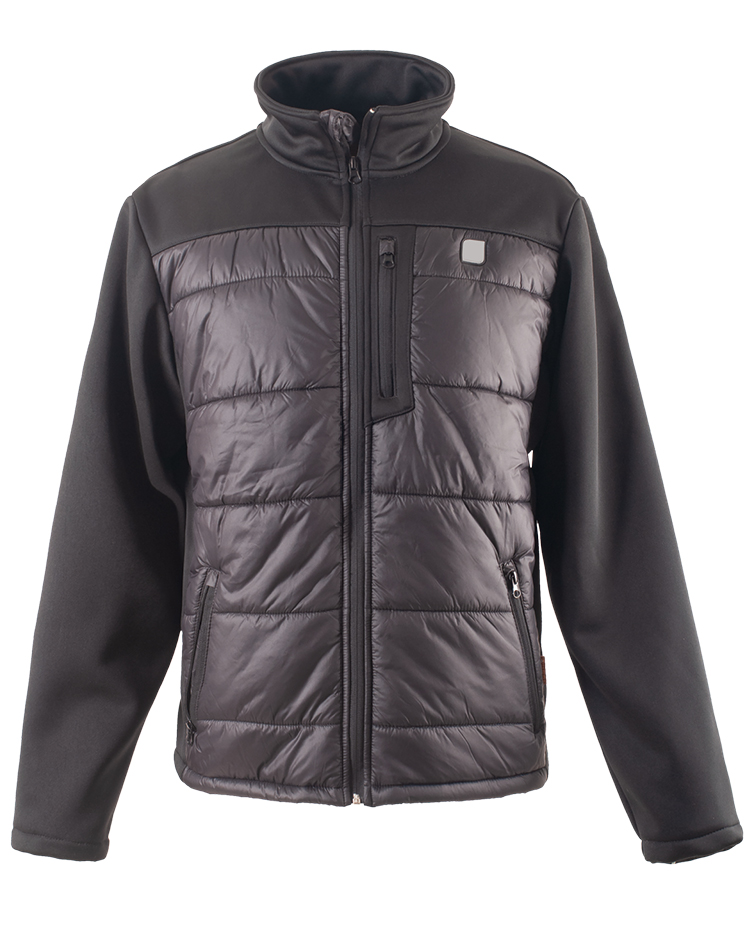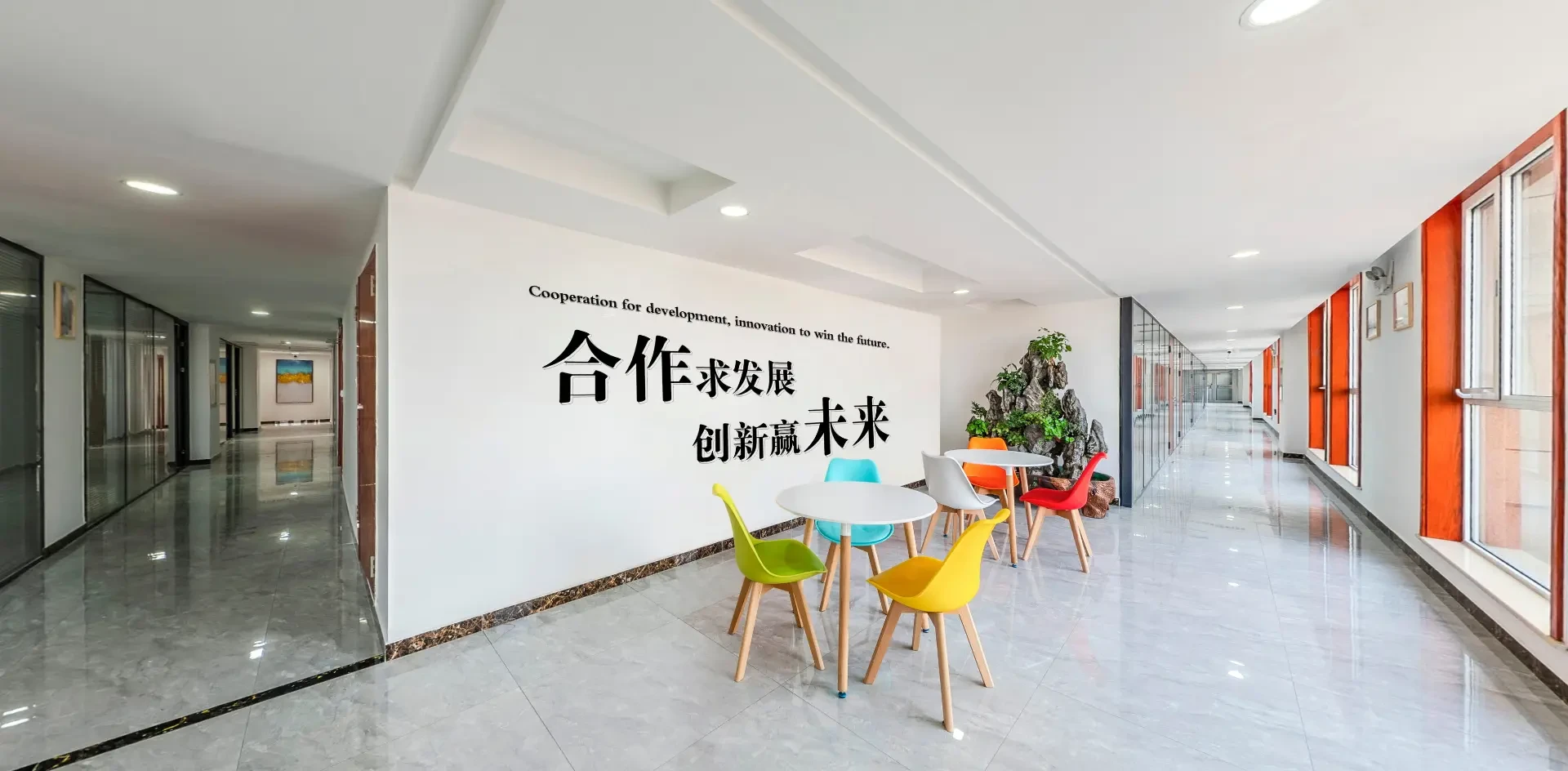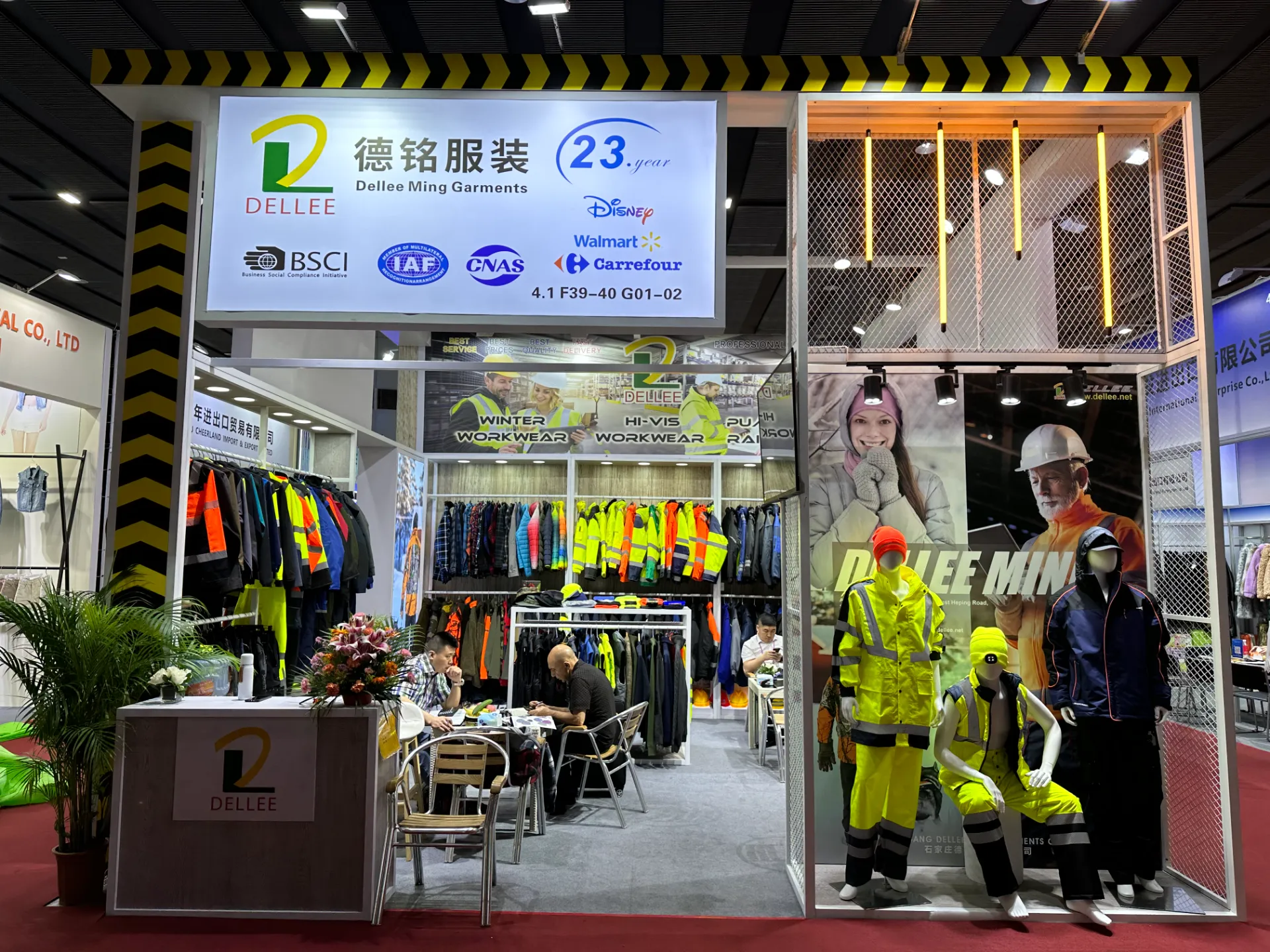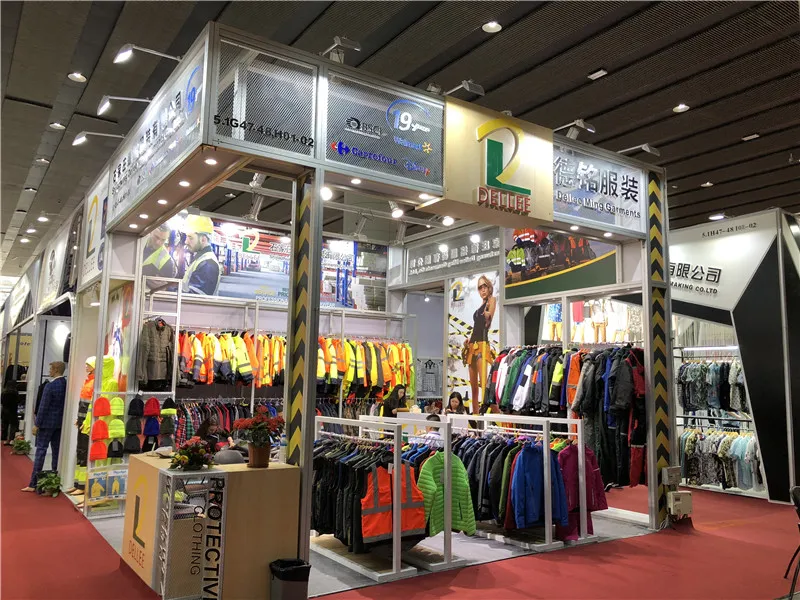Dear customers and friends:
In an era where efficiency, comfort, and safety are paramount in diverse work environments and outdoor activities, the humble vest has evolved into a sophisticated piece of performance apparel. Specifically, the **BODYWARMER VEST** has emerged as a critical component for maintaining core body temperature, enhancing mobility, and providing specialized utility across a myriad of sectors. Far beyond simple layering, modern bodywarmer vests integrate advanced materials and ergonomic designs to deliver optimal thermal regulation without sacrificing agility. This comprehensive guide delves into the intricate world of **BODYWARMER VEST** technology, exploring its industry impact, technical specifications, and widespread applications, ultimately showcasing its indispensable role in contemporary professional and recreational settings.
Industry Trends and Market Dynamics for Performance Vests
The market for technical apparel, including the **BODYWARMER VEST**, is experiencing robust growth, driven by several key trends:
- Increased Focus on Worker Safety and Comfort: Companies are increasingly investing in high-performance workwear to comply with safety regulations and improve employee well-being and productivity. According to a report by Grand View Research, the global workwear market size was valued at USD 24.1 billion in 2022 and is expected to grow at a compound annual growth rate (CAGR) of 6.3% from 2023 to 2030, with a significant segment dedicated to cold-weather and protective gear.
- Advancements in Material Science: The development of lightweight, highly insulating, and breathable synthetic fibers (e.g., PrimaLoft, Thinsulate, various polyester fills) and treated natural fibers (e.g., hydrophobic down) is revolutionizing the thermal performance of vests. Materials like ripstop nylon and treated polyester offer enhanced durability and weather resistance.
- Sustainability and Ethical Sourcing: There's a growing demand for eco-friendly materials (recycled polyester, bluesign® certified fabrics) and transparent manufacturing processes. Brands that prioritize sustainability are gaining significant traction.
- Smart Apparel Integration: Though nascent, the integration of smart textiles for features like embedded heating elements, biometric monitoring, and reflective elements for enhanced visibility (e.g., ANSI/ISEA 107-compliant vests for high-visibility) represents a future growth area.
- Versatility and Multi-functional Design: Consumers and professionals seek versatile garments that can adapt to changing conditions and tasks. The **BODYWARMER VEST** inherently offers this, providing core warmth without restricting arm movement, making it ideal for dynamic activities.
Technical Parameters and Core Advantages
Understanding the technical specifications of a **BODYWARMER VEST** is crucial for appreciating its performance. Key parameters include:
- Insulation Type & Fill Power: This refers to the loft and insulating capability of the material.
- Down: Measured in "fill power" (cu in/oz), e.g., 600-800 fill power. Higher numbers indicate better warmth-to-weight ratio.
- Synthetic Insulation: Measured by weight per square meter (GSM or g/m²), e.g., 60g, 100g, 150g. Brands like PrimaLoft, Thinsulate, and Thermore offer various densities. Synthetic insulations often perform better when wet.
- Outer Shell Fabric: Typically made from polyester or nylon, often with a ripstop weave for enhanced tear resistance.
- Denier (D): Measures fabric thickness and durability. Higher denier (e.g., 70D, 100D, 200D) indicates a more robust fabric, suitable for heavy-duty applications.
- Water Resistance: Measured in millimeters (mm) of water column pressure (e.g., 5,000mm, 10,000mm). Many vests feature a Durable Water Repellent (DWR) finish to shed light rain and snow.
- Wind Resistance: Crucial for preventing convective heat loss. Tightly woven fabrics or those with specific membrane layers offer superior wind protection.
- Lining Fabric: Often a soft, breathable material like nylon taffeta or fleece, designed for comfort against the skin and to manage moisture.
- Thermal Resistance (CLO Value): A scientific unit measuring the insulation value of clothing. One CLO is approximately the insulation needed to keep a resting person comfortable in a normal indoor environment (21°C/70°F). High-performance vests aim for significant CLO values for cold environments.
- Breathability: Measured in grams of water vapor per square meter per 24 hours (g/m²/24hr). A higher number indicates better breathability, allowing moisture (sweat) to escape, preventing clamminess.
- Weight: A critical factor for mobility and comfort. Modern designs strive for optimal warmth-to-weight ratios.
- Special Features: Pockets (zippered, internal, hand-warmer), adjustable hems, reflective piping, stand-up collars, removable hoods, and specialized hardware (e.g., durable YKK zippers).
Advantages of a High-Quality BODYWARMER VEST:
- Optimized Core Warmth: Focuses insulation where it's most needed, protecting vital organs without overheating the arms, which are often active.
- Enhanced Mobility: Sleeveless design allows for unrestricted arm movement, crucial for tasks requiring dexterity or layering over other garments.
- Versatility in Layering: Functions excellently as a mid-layer under a shell jacket or as an outer layer in milder conditions.
- Durability and Longevity: Built with robust materials and reinforced stitching, ensuring a long service life even in demanding industrial settings.
- Improved Safety: Many vests incorporate high-visibility elements (e.g., fluorescent colors, reflective tape) to meet safety standards for night work or low-light conditions.
- Moisture Management: Breathable fabrics and DWR finishes help manage sweat and repel light precipitation, keeping the wearer dry and comfortable.
Application Scenarios and Industry Impact
The adaptability of the **BODYWARMER VEST** makes it indispensable across a broad spectrum of industries and activities:
- Construction & Infrastructure: Workers on construction sites, road crews, and utility maintenance teams often face fluctuating temperatures and wind exposure. A **BODYWARMER VEST** provides essential core warmth while allowing full range of motion for operating machinery or manual tasks. For instance, in colder months, it's common for construction workers to layer a thermal base layer, then a **BODYWARMER VEST**, and finally a waterproof/windproof shell.
- Logistics & Cold Storage: Employees in warehouses, particularly those managing frozen or refrigerated goods, experience extreme cold. The vest offers targeted warmth without the bulk that would impede movement in narrow aisles or while handling goods. Energy efficiency is also a factor; by keeping workers warm, companies can potentially maintain slightly higher (less energy-intensive) temperatures in certain areas.
- Outdoor Recreation & Adventure: Hikers, campers, climbers, and skiers rely on lightweight, packable insulation. A **BODYWARMER VEST** is perfect for layering during activities where body heat fluctuates or as a standalone piece during temperate conditions. Its thermal properties are crucial for preventing hypothermia in unpredictable weather.
- Emergency Services & First Responders: Police, firefighters, and paramedics often work outdoors for extended periods in varying conditions. Vests with reflective materials and robust construction ensure they remain visible and comfortable while performing critical duties.
- Manufacturing & Industrial Settings: In large factory floors or workshops that aren't fully climate-controlled, vests provide flexible warmth. This is particularly true in industries like automotive manufacturing or light fabrication, where workers need protection from drafts and cold spots without hindering precise operations.
- Agriculture & Farming: Farmers and agricultural workers spend long hours outdoors, exposed to the elements. A durable and warm **BODYWARMER VEST** is essential for comfort and productivity during morning chores or late-night shifts.
"Our field teams frequently report the **BODYWARMER VEST** as their preferred mid-layer. Its ability to provide warmth without restricting movement significantly contributes to their efficiency and morale during long shifts in varied weather conditions. This translates directly to better task completion rates and fewer cold-related incidents." - Operations Manager, National Logistics Firm.
The Meticulous Manufacturing Process of a High-Performance BODYWARMER VEST
The creation of a durable, functional, and aesthetically pleasing **BODYWARMER VEST** is a testament to precision engineering in textile manufacturing. It involves a detailed, multi-stage process that prioritizes material integrity, insulation effectiveness, and structural resilience.
Manufacturing Process Flow:
The emphasis on robust materials and advanced manufacturing techniques ensures the **BODYWARMER VEST** offers an extended service life, typically ranging from 3 to 7 years depending on use intensity and care, significantly reducing the total cost of ownership for businesses and consumers alike. The resistance to common industrial chemicals and enhanced anti-corrosion properties (for metal components like zippers) further bolster their utility in challenging environments like chemical plants or wastewater treatment facilities, where traditional workwear might quickly degrade.
Product Specifications: A Deep Dive into the BODYWARMER VEST
To provide a clear understanding of the technical capabilities, here is a detailed specification table for a typical high-performance **BODYWARMER VEST**, reflecting industry-leading standards and commonly sought-after features.
| Feature | Specification / Parameter | Benefit |
|---|---|---|
| Outer Shell Material | 100% Polyester Ripstop, 75D x 100D, with DWR Finish | Exceptional tear and abrasion resistance; repels light rain and snow, keeping user dry. |
| Insulation Type | 150g/m² (Body), 100g/m² (Collar) Advanced Synthetic Fill (e.g., PrimaLoft equivalent) | Excellent warmth-to-weight ratio; retains insulating properties even when damp; non-allergenic. |
| Lining Material | 100% Polyester Taffeta, 20D | Smooth, comfortable feel; facilitates easy layering over other garments; breathable. |
| Water Resistance | 2,000mm hydrostatic head (DWR treated) | Offers protection against light rain and mist; quick-drying. |
| Wind Resistance | 90% Windproof (tested at 30mph) | Minimizes wind chill, maintaining core body temperature effectively. |
| Pockets | 2 x Zippered Hand Pockets, 1 x Internal Chest Pocket, 1 x External Zippered Chest Pocket | Secure storage for essentials; hand-warmer function; easy access. |
| Zipper | YKK® Vislon Two-Way Main Zipper with Storm Flap | Highly durable and reliable; allows ventilation from bottom or top; storm flap provides added weather protection. |
| Collar Type | Stand-up Collar with Fleece Lining | Provides extra neck warmth and comfort; protects against drafts. |
| Hem Adjustment | Drawcord Adjustable Hem with Cord Locks | Allows for a customizable fit, sealing in warmth and preventing drafts. |
| Weight (Size L) | Approx. 450g (15.8 oz) | Lightweight and comfortable for extended wear; highly packable. |
| Certifications | ISO 9001 (Manufacturing), OEKO-TEX® Standard 100 (Materials) | Ensures consistent quality management and safety from harmful substances. |
| Color Options | Black, Navy, Grey, Hi-Vis Yellow/Orange (ANSI/EN compliant) | Versatility for various branding needs and safety requirements. |
Manufacturer Comparison and Selection Criteria
Choosing the right manufacturer for your **BODYWARMER VEST** supply is crucial for quality, consistency, and long-term partnership. While specific companies are not named for direct comparison, we can outline the critical differentiators between a leading, high-quality manufacturer and a typical budget supplier.
| Criteria | Leading High-Quality Manufacturer (e.g., Dellee.net) | Budget Supplier |
|---|---|---|
| R&D and Innovation | Dedicated R&D team; invests in new materials (e.g., bio-based insulation, advanced membranes); continuously improves designs for ergonomics and performance. Often holds patents for unique features or construction methods. | Primarily focuses on replicating existing designs; limited investment in new material research or product improvement; innovation is rare. |
| Material Sourcing | Partnerships with certified, reputable raw material suppliers (e.g., OEKO-TEX, bluesign® certified fabrics, Responsible Down Standard). Strict incoming material QC. Focus on durability, performance, and sustainability. | Cost-driven material sourcing; less emphasis on certifications or long-term performance; materials may vary in quality between batches. |
| Manufacturing Process & QC | Advanced machinery (CNC cutters, automated insulation filling); multi-stage, in-line quality control; adherence to ISO 9001. Rigorous testing for seam strength, water resistance, thermal efficiency. Low defect rates. | Manual processes prevalent; inconsistent QC; higher defect rates; often sacrifices precision for speed. |
| Customization Capabilities | Extensive customization options: bespoke designs, specialized material combinations, branding (embroidery, screen print, heat transfer), specific pocket configurations, meeting specific industry standards (e.g., fire retardant, antistatic). | Limited customization, primarily logo application; minimal flexibility on design or material changes. |
| Certifications & Compliance | Holds relevant industry certifications (e.g., ISO, CE, ANSI/ISEA, EN standards for PPE). Provides verifiable test reports. Strong understanding of global regulatory compliance. | Few or no recognized certifications; compliance claims may be difficult to verify; potential for non-compliance issues in specific markets. |
| After-Sales Support & Warranty | Comprehensive warranty (e.g., 2-5 years); responsive customer service; support for product issues, repairs, and returns. Long-term relationship focus. | Limited or no warranty; reactive customer service; focus on transactional sales. |
When selecting a supplier for your **BODYWARMER VEST** needs, prioritize those with demonstrable expertise, robust quality assurance processes, and a commitment to long-term partnerships, such as Dellee.net, known for their focus on industrial-grade performance apparel.
Customization Solutions and Application Case Studies
One of the significant advantages of working with an experienced **BODYWARMER VEST** manufacturer is the ability to tailor products to specific organizational needs, enhancing brand identity and functional performance.
Customization Options:
- Branding Integration: High-quality embroidery, screen printing, heat transfer, or woven labels for company logos, safety warnings, or employee names. This transforms the vest into a mobile advertisement and reinforces corporate identity.
- Material Upgrades: Custom outer shell fabrics (e.g., higher denier for extreme durability, specialized coatings for chemical resistance), specific insulation types (e.g., higher fill power down, fire-retardant synthetics).
- Feature Additions: Integration of specialized pockets (e.g., radio loops, pen slots, ID badge holders), reinforced shoulder patches for carrying equipment, reflective tapes for enhanced visibility (conforming to ANSI/ISEA 107 or EN ISO 20471), or internal media ports.
- Color & Sizing Specifics: Custom color palettes to match corporate branding, and extended sizing options to ensure a comfortable and safe fit for all employees.
- Performance Enhancements: Application of anti-static treatments, anti-microbial finishes, or enhanced DWR coatings for specific environmental challenges.
Application Case Studies: Real-World Impact
Case Study 1: Logistics & Warehousing - Cold Chain Optimization
Client: A large national cold storage and logistics company operating across multiple climates.
Challenge: Employees working in refrigerated and freezer sections (down to -20°C) experienced discomfort, reduced productivity, and rapid wear-and-tear of standard workwear, leading to high replacement costs.
Solution: Dellee.net supplied custom **BODYWARMER VEST** units. These vests featured a robust 100D polyester ripstop shell with enhanced DWR, 200g/m² synthetic insulation, and strategically placed reflective piping for visibility in low-light freezer environments. The vests were also branded with the company logo.
Outcome: Employee feedback indicated a significant improvement in warmth and comfort. The enhanced durability reduced vest replacement frequency by over 40% annually, leading to substantial cost savings. Furthermore, the core warmth provided by the vests, coupled with their flexibility, improved handling efficiency, contributing to a 10% increase in productivity during cold-zone operations. This solution underscored the vest's role in energy saving by reducing the need for workers to take frequent breaks due to cold exposure.
Case Study 2: Municipal Utilities - All-Weather Field Operations
Client: A municipal water and wastewater management department.
Challenge: Field engineers and technicians frequently work outdoors in changing weather, including rain and wind, often in environments where corrosion protection is a concern for equipment and clothing. Their previous layering solutions were bulky and restricted movement.
Solution: Tailored **BODYWARMER VEST** units were provided with a waterproof-breathable membrane integrated into the outer shell (hydrostatic head of 5,000mm) and an anti-corrosion treated main zipper for longevity in moist, potentially chemically active environments. High-visibility yellow fabric with reflective banding (certified to ANSI/ISEA 107 Class 2) was used to ensure safety near traffic and heavy machinery.
Outcome: The vests significantly improved worker comfort and safety. The enhanced water and wind resistance meant fewer interruptions due to adverse weather, and the anti-corrosion features extended the lifespan of the vests, even in areas with chemical exposure. The improved mobility allowed technicians to perform complex tasks more efficiently. This demonstrated the vest's superior performance in anti-corrosion and weatherproofing aspects compared to standard apparel.
Professional FAQ on BODYWARMER VESTS
A1: Fill power is a measure of the loft or fluffiness of down insulation. It indicates how many cubic inches one ounce of down occupies when fully expanded. A higher fill power (e.g., 800 fill) means a greater insulating capacity for its weight, resulting in a lighter yet warmer **BODYWARMER VEST**. For synthetic insulation, weight per square meter (GSM) is used instead.
A2: DWR stands for Durable Water Repellent. It's a polymeric coating applied to the outer fabric of a **BODYWARMER VEST** that causes water to bead up and roll off, preventing the fabric from becoming saturated. This maintains the fabric's breathability and the insulation's effectiveness, which can be compromised if the outer layer gets wet.
A3: Yes. For high-visibility **BODYWARMER VESTS** used in work zones, common standards include ANSI/ISEA 107 (American National Standard for High-Visibility Safety Apparel) in North America, and EN ISO 20471 (High-Visibility Clothing) in Europe. These standards specify requirements for color, retro-reflective material, and overall design to ensure adequate worker visibility.
A4: Consider your typical use environment. Down offers superior warmth-to-weight and compressibility but loses insulating power when wet. Synthetic insulation (like PrimaLoft or Thinsulate) performs better in damp conditions, is often more hypoallergenic, and is easier to care for, though it might be slightly bulkier for the same warmth. For industrial settings, synthetics are often preferred for their robustness and wet-weather performance.
A5: Ripstop refers to a woven fabric, typically nylon or polyester, that uses a special reinforcing technique making it resistant to tearing and ripping. During weaving, thicker, stronger warp and filling yarns are interwoven at regular intervals in a crosshatch pattern. This construction makes the fabric incredibly durable, essential for **BODYWARMER VESTS** used in demanding environments where snagging or abrasion is common.
A6: Breathability, often measured in g/m²/24hr (grams of water vapor per square meter per 24 hours), refers to the fabric's ability to allow moisture vapor (sweat) to escape from inside the vest to the outside. High breathability prevents sweat from accumulating, which can lead to clamminess and a rapid drop in body temperature, especially during physical activity. A breathable **BODYWARMER VEST** keeps you dry and comfortable.
A7: A well-constructed industrial **BODYWARMER VEST**, made with durable materials and proper care, can have a service life of 3 to 7 years, or even longer for light use. Factors influencing lifespan include the intensity of use, exposure to harsh chemicals or extreme conditions, frequency of washing, and the initial quality of manufacturing. Regular inspection and adherence to care instructions extend its utility.
Trust and Reliability: Our Commitment
At Dellee.net, our commitment extends beyond delivering a superior **BODYWARMER VEST**. We strive to build lasting relationships based on trust and unwavering support for our clients.
- Quality Assurance: Every **BODYWARMER VEST** undergoes stringent quality control procedures, adhering to international standards such as ISO 9001. We provide detailed product data sheets and performance test reports upon request, affirming our product's compliance and superior characteristics.
- Delivery and Lead Times: We understand the importance of timely delivery. Our standard production lead time for custom orders typically ranges from 4 to 8 weeks, depending on order volume and customization complexity. For in-stock items, dispatch is usually within 3-5 business days. Expedited options are available for urgent requirements.
- Warranty and After-Sales Support: We stand behind the quality of our **BODYWARMER VEST** products with a comprehensive 2-year manufacturer's warranty covering material defects and workmanship. Our dedicated customer support team is available to assist with product inquiries, technical support, and post-purchase service, ensuring a seamless experience from inquiry to deployment.
- Industry Authority & Experience: With over a decade of experience in manufacturing industrial-grade protective apparel, Dellee.net has served a diverse client base ranging from large-scale construction firms and logistics giants to specialized outdoor equipment providers. Our deep understanding of diverse industry needs allows us to innovate and deliver solutions that consistently exceed expectations.
Choosing Dellee.net for your **BODYWARMER VEST** requirements means investing in performance, durability, and a partner committed to your operational success.
References and Further Reading:
- Grand View Research. (2023). Workwear Market Size, Share & Trends Analysis Report. Retrieved from https://www.grandviewresearch.com/industry-analysis/workwear-market (Please note: Access to full report may require subscription)
- International Organization for Standardization. (2015). ISO 9001:2015 - Quality management systems — Requirements. Retrieved from https://www.iso.org/standard/62085.html
- OEKO-TEX®. (N.D.). OEKO-TEX® Standard 100. Retrieved from https://www.oeko-tex.com/en/our-standards/standard-100-by-oeko-tex
- American National Standards Institute (ANSI) / International Safety Equipment Association (ISEA). (2020). ANSI/ISEA 107-2020: American National Standard for High-Visibility Safety Apparel and Accessories. (Refer to relevant standards body publications for details).
- European Committee for Standardization (CEN). (2013). EN ISO 20471:2013 - High-visibility clothing - Test methods and requirements for high-visibility clothing. (Refer to relevant standards body publications for details).
- OutdoorGearLab. (N.D.). Down Fill Power Explained. Retrieved from https://www.outdoorgearlab.com/expert-advice/down-fill-power-explained
- Textile Industry Forum Discussion on Advanced Workwear Materials (Hypothetical reference). For discussions on specific textile innovations, academic journals such as "Textile Research Journal" or "Journal of Industrial Textiles" would be relevant. Example source: https://journals.sagepub.com/home/trj
Post time: Aug . 07, 2025 09:00

